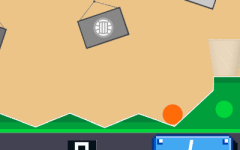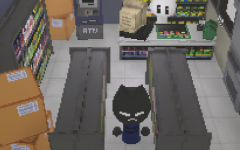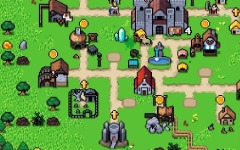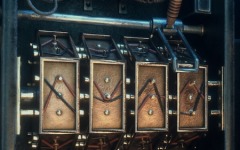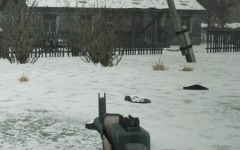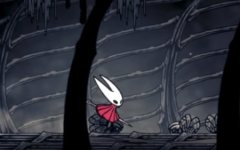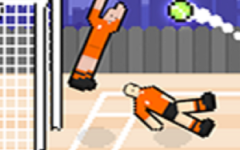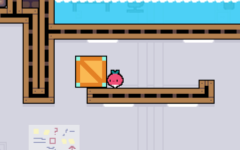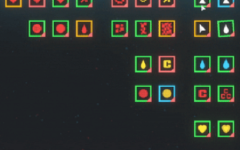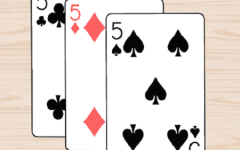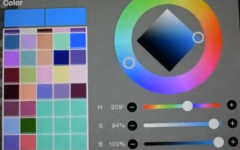Advertisement
Ball X Pit
Advertisement
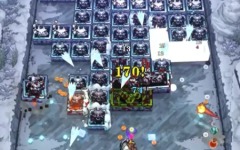
Ball x Pit centers on an alternating structure between two states — action in the pit and management on the surface. Each run starts with a hero diving into a confined arena where enemies spawn from all directions. The player releases balls that bounce through the space, breaking targets and generating resources. When the session ends, those resources become currency for expansion. This rhythm of descent and return forms the core identity of the game and gives every failure a measurable outcome.
Gameplay Logic and Control
The main mechanic relies on ricochet physics. Every ball travels according to angle and momentum, creating a chain reaction that rewards spatial awareness. Instead of aiming directly at enemies, the player predicts where rebounds will land to maximize efficiency. Between runs, you use the collected energy to improve your base, unlock new characters, and expand available ball types. The fusion and upgrade systems turn basic projectiles into tools with special effects that change the tactical possibilities of each descent.
Cycle of Actions
The progression system is organized into several repeating actions:
- Enter the pit and face randomized enemy waves.
- Launch and control bouncing balls to clear space and gather resources.
- Return to the surface and invest materials into upgrades.
- Unlock new heroes, ball variants, and structures.
- Re-enter the pit with improved efficiency and strategy.
Through this repetition, the player gradually refines timing, prediction, and construction planning. Each successful run extends both the pit’s depth and the settlement’s complexity.
Strategic Layer
As new environments appear, different conditions—such as wall types and enemy behaviors—change the value of certain ball combinations. Deciding which upgrades to pursue becomes an exercise in adaptation. The player balances risk against reward, choosing whether to retreat early with guaranteed resources or stay longer for exponential gains. Over multiple sessions, these decisions define the shape of the base and the player’s growth curve.
Development and Design Purpose
Created by Kenny Sun under Devolver Digital, Ball x Pit demonstrates how a minimalist idea can evolve through systematic iteration. Its focus on repeated execution, calculated geometry, and controlled expansion turns a single mechanic into a strategic framework. The game’s depth emerges not from complexity of visuals but from the precision of its feedback loop—each bounce, each upgrade, and each rebuild linking together into one continuous pattern of progress.





















































































































